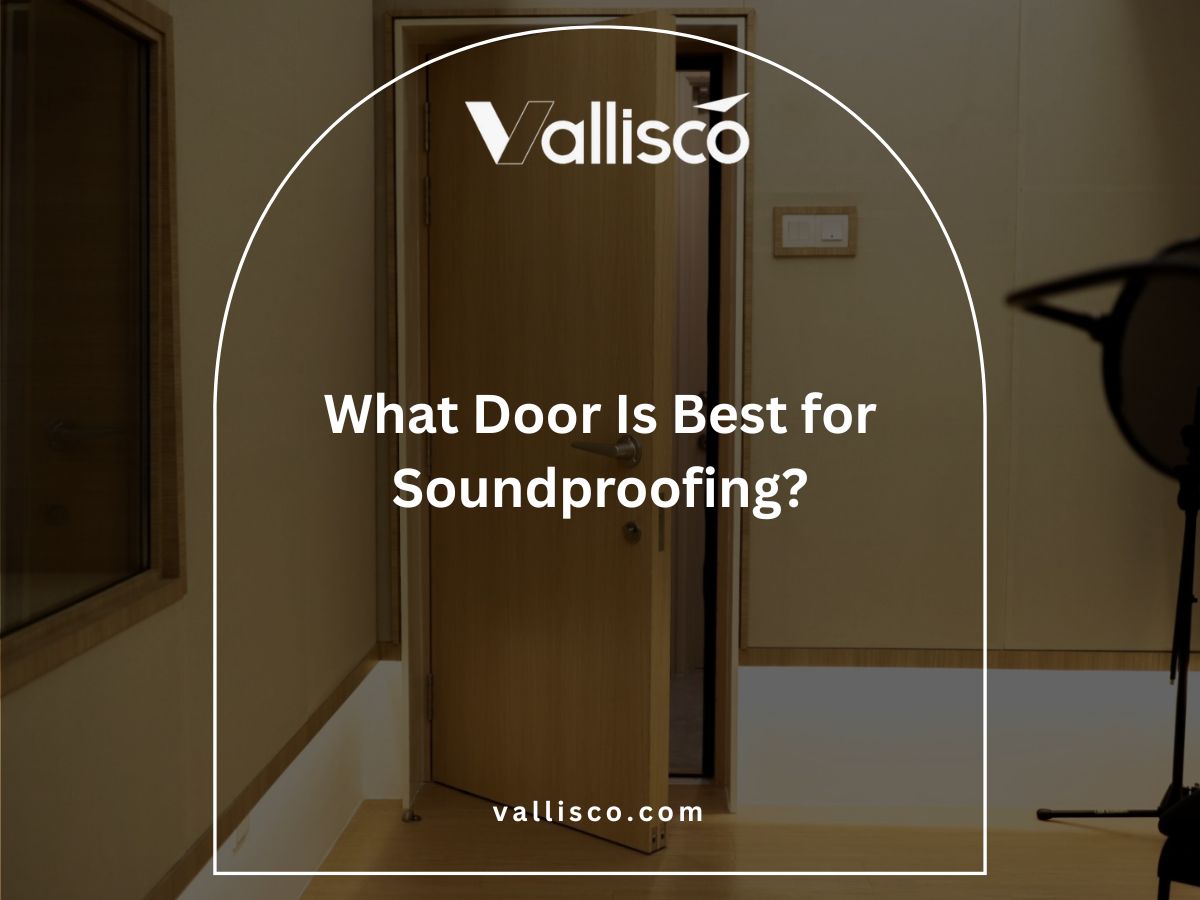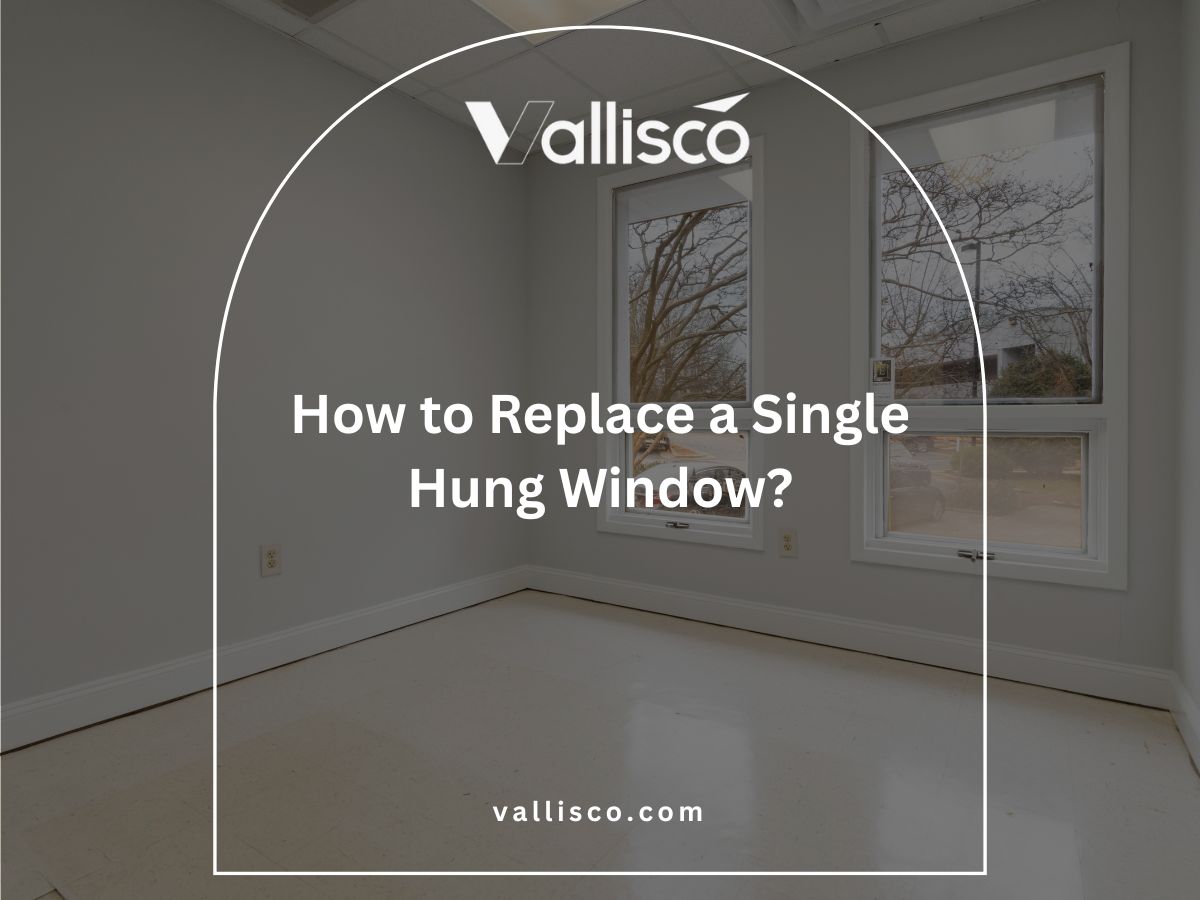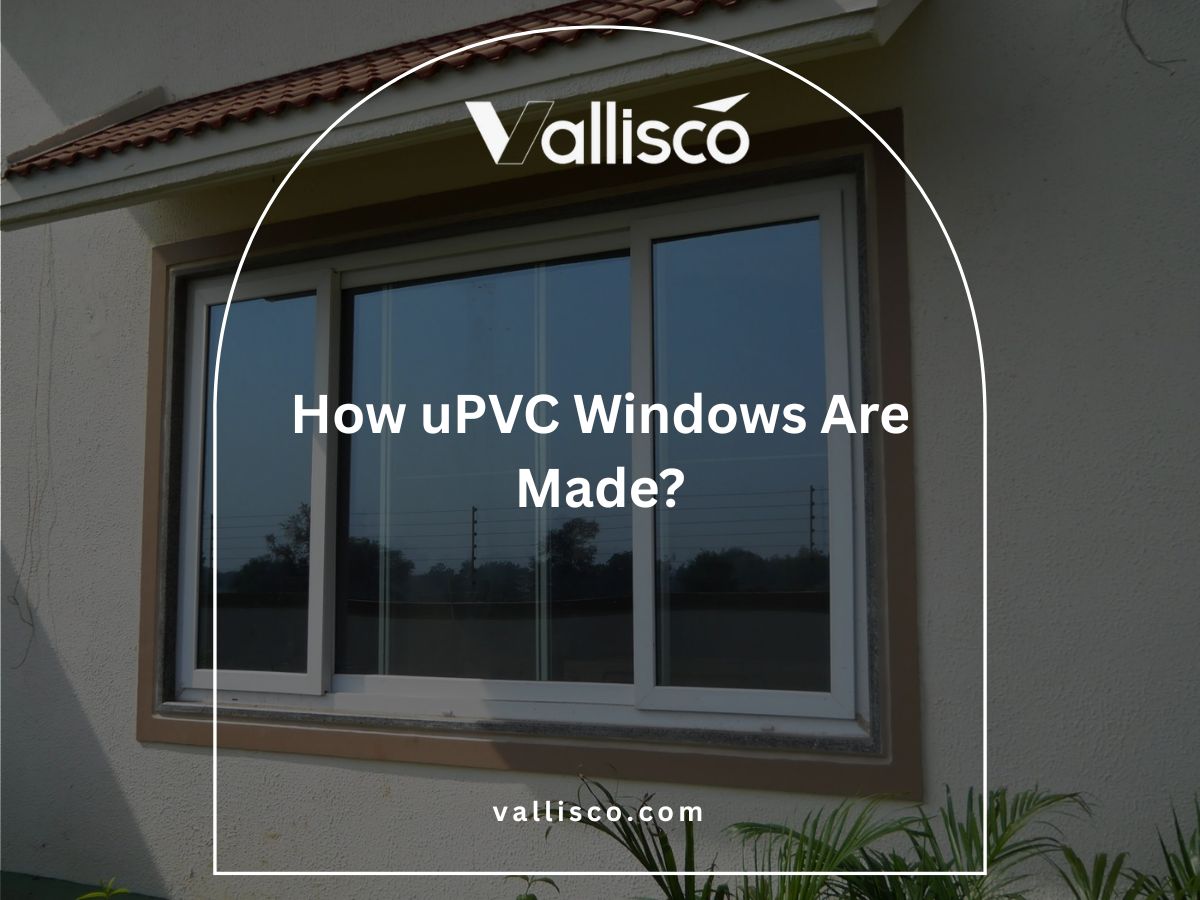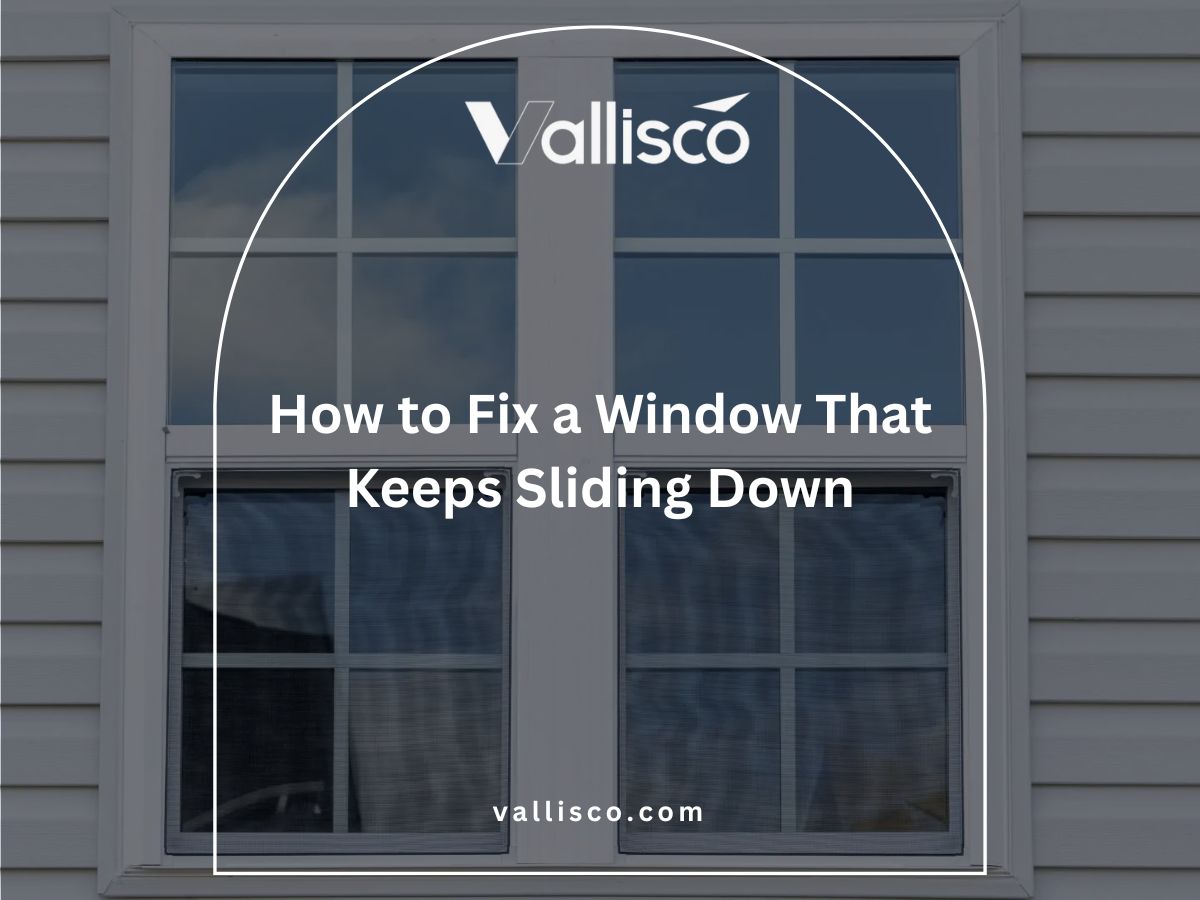Last year, a villa owner in Europe asked me for help. He wanted windows that were easy for his staff to clean and maintain, but still looked good for his guests.
That’s a common request from businesses in hospitality and property management. You need something functional without sacrificing appearance.
Over the years, I’ve guided many owners through these choices. My recommendations are based on what works in the real world, not just what looks nice in a catalog.
In this guide, you’ll learn:
- What a single hung window is
- How it can help your business operations
- Why it may be a smart long-term investment
The right window can make daily upkeep easier and improve guest satisfaction.
So let’s get down to it!
1. What Is a Single Hung Window?
A single hung window has two sashes, but only one moves. The bottom sash slides up and down so you can open and close it. The top sash stays fixed in place. This simple design is easy to operate and doesn’t require much maintenance.
I’ve seen many business owners choose single hung windows because they offer a good balance of function and cost. If you manage villas, hotels, or guest houses, you’ll appreciate how they fit into different room layouts without taking up extra space.
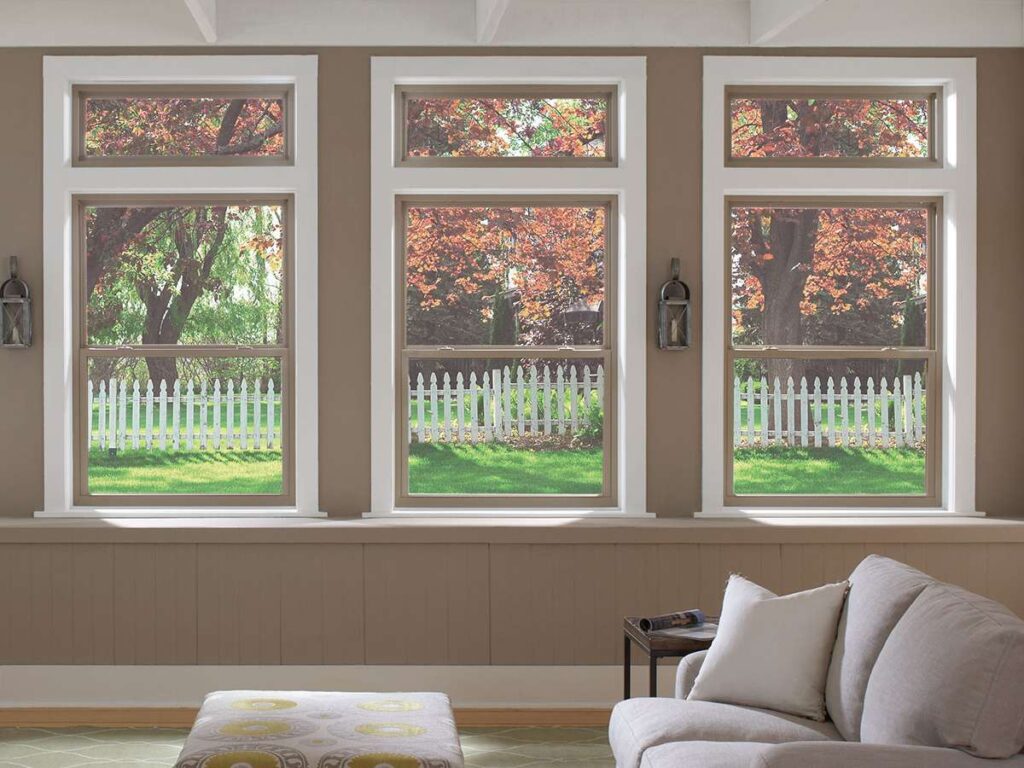
2. How Does a Single Hung Window Work?
A single hung window works by letting you move the bottom sash up and down. The top sash is fixed in place and doesn’t move at all. This means you open the window by sliding the lower part upward and close it by pulling it back down.
Inside the frame, there are tracks and balance systems that help the sash move smoothly. In many cases, these parts are designed to keep the sash from slamming shut. I’ve found that when these tracks stay clean and free from debris, the window operates with very little effort.
For your property, this kind of operation keeps things simple for both staff and guests. Housekeeping teams can open the windows for fresh air without struggling, and guests can enjoy ventilation without the risk of a loose sash falling. It’s a small detail, but it makes day-to-day use much easier.
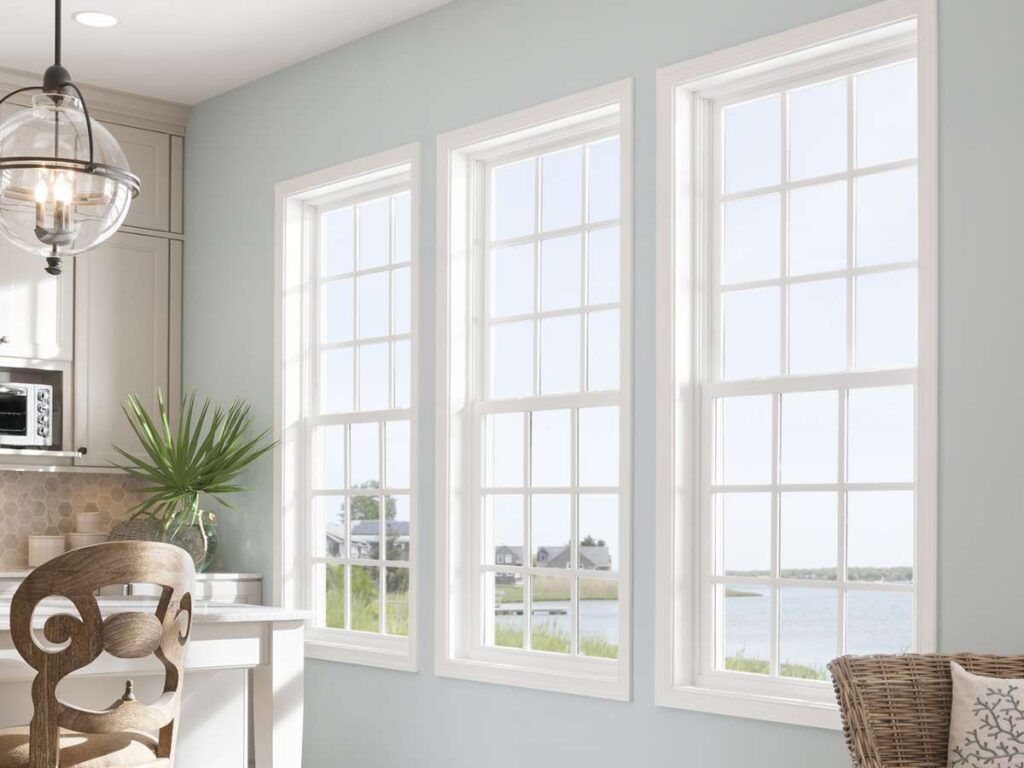
3. Benefits of Single Hung Windows
From what I’ve seen working with villas, hotels, and guest houses, single hung windows offer more than just a simple look. They can make building operations easier, help with maintenance, and even save you money over time.
Here’s what I believe are the main benefits for your business:
Lower Maintenance Needs
Because the top sash stays in place, there are fewer moving parts that can wear out. This means you won’t be calling for repairs as often. This is a big plus for hotels and inns where staff have many other tasks to handle.
Cleaning is also easier. The fixed top means less chance for loose parts or broken balances. Your team can focus on wiping down the glass and frame without dealing with complicated mechanisms. Over the long run, this can lower your maintenance costs.
Better Energy Performance
The fixed top sash helps reduce air leaks, making it easier to keep rooms comfortable for guests. In Southeast Asia, that might mean keeping cool air inside during the hot season. In Europe, it might mean holding in warmth during the colder months.
I’ve noticed that businesses benefit from this stability in their utility bills. It’s not a magic fix for energy use, but every bit helps when you’re running multiple rooms. And because the design has fewer openings, it naturally offers better insulation compared to some other window types.
Space-Saving Design
Single hung windows open vertically. They don’t swing in or out, which makes them practical in tight spots like hallways, near furniture, or beside walkways. This is useful if your rooms are compact or if you have landscaping close to the building.
I’ve worked on properties where this space-saving design allowed for better use of floor plans. Guests and staff could move freely without worrying about a window sash taking up extra room. That kind of practicality can make your spaces feel more open and easy to use.
Cost-Friendly Option
Single hung windows usually cost less than double hung windows. For large projects, like outfitting an entire hotel or villa complex, this price difference can be significant.
I’ve seen owners put the savings into other upgrades, like better doors or higher quality finishes. This doesn’t mean you’re sacrificing quality, just making a choice that balances function with your budget. If you’re looking to manage costs without losing reliability, this style is worth considering.
4. Design & Style Options
Single hung windows may look simple, but you still have plenty of choices. The right combination of frame material, color, glass type, and hardware can make a big difference in both appearance and function.
I’ve helped owners match their windows to their building style, climate, and maintenance needs. Here are the main areas where you can make design decisions:
Frame Materials
- Aluminum: Strong and lightweight, aluminum frames hold up well in humid or coastal areas. They also require less upkeep than wood.
- uPVC: Affordable and low-maintenance, uPVC works well if you want durability without painting or sealing. It also resists moisture.
- Wood: Offers a warm, traditional look, but needs more care. If you have a property with a classic design, wood can fit in nicely.
- Composite: Combines materials like wood and fiberglass for strength and better insulation. A good choice for balancing looks and performance.
Glass Options
- Clear Glass: Standard choice that lets in plenty of light. Best for spaces where privacy isn’t an issue.
- Frosted Glass: Adds privacy while still allowing light to pass through. Useful for bathrooms or guest areas.
- Tinted Glass: Helps reduce glare and heat from the sun. I often recommend this for properties in hot climates.
- Low-E Glass: Coated to improve insulation. This can help with temperature control in both warm and cool seasons.
Color Choices
- Classic White: Works with most building styles and gives a clean, fresh look.
- Earth Tones: Colors like beige or brown blend well with natural surroundings, especially villas or resorts.
- Bold Shades: Darker colors like black or deep green can make the windows stand out as a design feature.
- Custom Finishes: Some suppliers offer custom colors to match your property’s branding or style.
Grid and Mullion Styles
- No Grids: Creates a clear, open view. Best if you want a modern look.
- Colonial Grids: Divides the glass into smaller panes for a traditional feel.
- Prairie Style: Features lines along the edges with a clear center. I’ve seen this work well in lodges and rustic settings.
- Custom Patterns: Some manufacturers like Vallisco can produce grid layouts that match your architectural details.
Hardware Options
- Standard Latches: Simple, functional, and easy to operate.
- Decorative Handles: Add a bit of style without affecting function.
- Locking Systems: Useful if you want extra security for ground-level rooms.
- Easy-Clean Mechanisms: Allows the sash to tilt for easier access when cleaning from the inside.
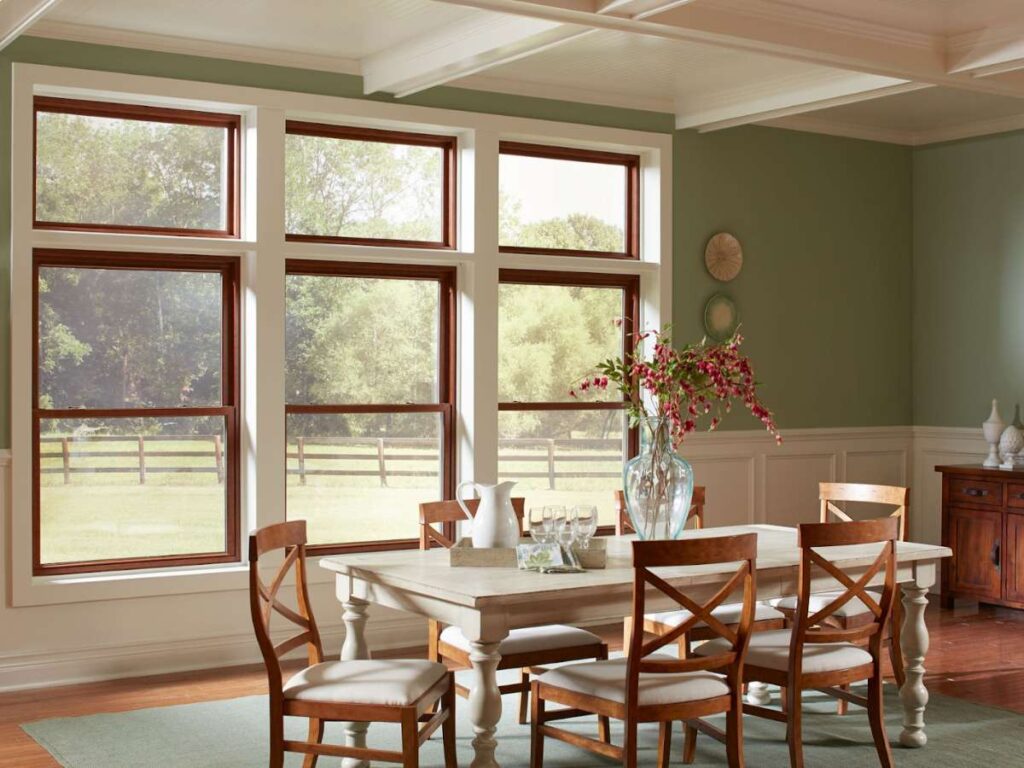
5. Single Hung vs. Double Hung Windows
I often get asked about the difference between single hung and double hung windows. At first glance, they look similar, but their function and upkeep can be quite different.
If you’re deciding for a villa, hotel, or guest house, it helps to see the comparison side-by-side:
| Feature | Single Hung Window | Double Hung Window |
| Operation | Bottom sash moves up and down; top sash is fixed. | Both top and bottom sashes can move up and down. |
| Maintenance | Fewer moving parts to service, which can mean lower upkeep costs over time. | More moving parts to clean and maintain, but allows for easier interior cleaning of both sashes. |
| Ventilation | Airflow only from the bottom opening. | Airflow from both top and bottom openings for better circulation. |
| Cost | Usually more affordable, making it budget-friendly for large projects. | Generally higher cost due to more parts and added functionality. |
| Energy Performance | Fixed top sash can help reduce air leaks, improving insulation. | More openings mean slightly more potential for air leakage if not sealed properly. |
| Cleaning Access | May require outside access to clean the top sash. | Both sashes tilt in for easier cleaning from inside the room. |
| Best For | Businesses wanting a simple, cost-effective window with less upkeep. | Businesses needing maximum ventilation and easier indoor cleaning access. |
If you want a simpler, lower-maintenance option at a better price, single hung windows are a strong choice. But if your priority is maximum ventilation and easier cleaning from inside, double hung windows might fit better. The right decision depends on your property layout, climate, and how your staff handles daily upkeep.
6. Installation Considerations
Installing single hung windows the right way makes a big difference in how well they work and how long they last. It’s not just about putting the frame in place, it’s about making sure it’s fitted correctly, sealed properly, and suited for your property’s layout.
Here are the key points I always discuss with business owners before moving forward:
Measuring the Opening
Getting exact measurements is the first step. If the frame is even slightly off, you can end up with gaps that lead to air leaks or water intrusion. I’ve had projects where we measured twice and still had to double-check before ordering.
For villas, hotels, or guest houses, consistent sizing across multiple rooms can help speed up installation and lower costs. It also makes future replacements easier since you’ll know the exact frame dimensions.
Choosing the Right Frame Material
Your climate and building style should guide your material choice. In humid or coastal areas, aluminum or uPVC often works better because they resist moisture and don’t warp. For properties with a traditional look, wood frames can fit the design but will need more upkeep.
I’ve worked with owners who underestimated how much the local environment affects frame performance. Picking the right material now saves you repairs and replacements later.
Proper Sealing and Insulation
A good seal keeps your rooms comfortable and helps with energy control. It also protects against water leaks, which can cause damage to walls and floors. I’ve seen cases where skipping this step led to costly repairs within a year.
Sealants should be applied evenly, and insulation should fill any gaps around the frame. If your building is in a noisy area, adding acoustic sealants can also help reduce sound.
Access for Installation Crews
Think about how installers will reach each window, especially in multi-story buildings. In some hotels or villas, narrow walkways or landscaped areas make this tricky. You might need scaffolding or special equipment, which adds to the project cost and time.
Planning access ahead of time avoids delays and keeps your schedule on track. It’s something I always ask about before work begins.
Timing and Weather Conditions
Weather can affect the quality of an installation. Heavy rain, extreme heat, or strong winds can slow down the process or affect the sealant’s performance. For large projects, I recommend scheduling during milder seasons when work can move steadily.
This is especially important in regions with long rainy periods. A delay in sealing a window can leave interiors exposed, which is the last thing you want in an occupied property.
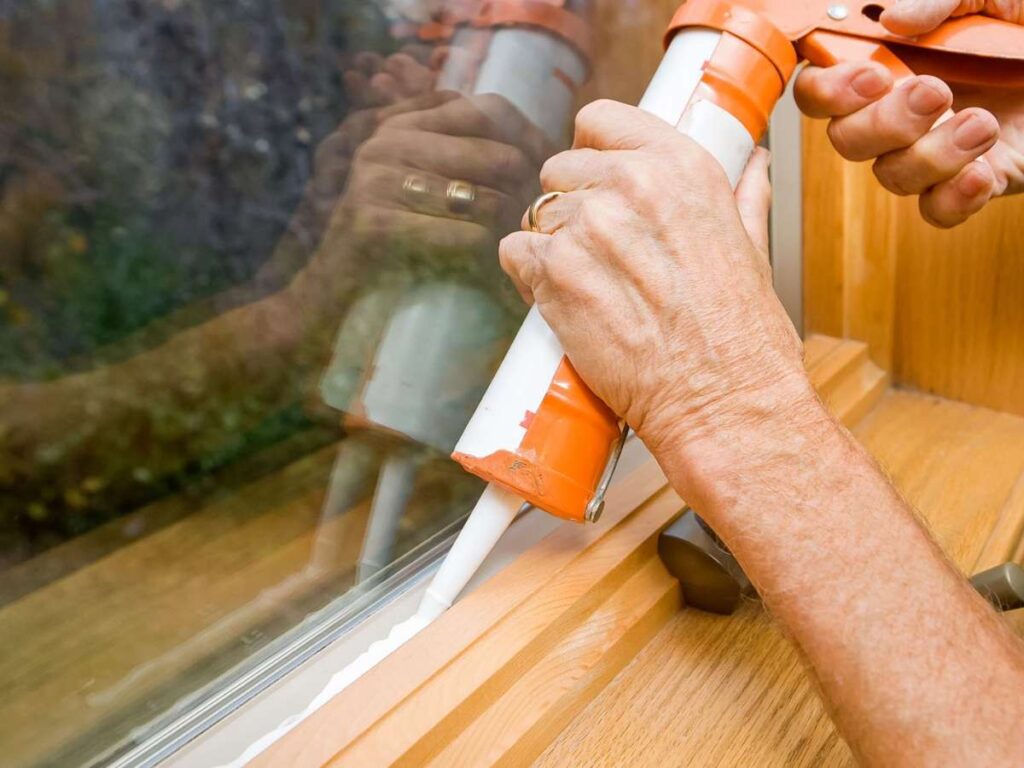
7. 4 Factors to Consider Before Buying a Single Hung Window
Buying single hung windows for a business property isn’t the same as picking them for a single home. You have to think about how they’ll perform over time, how they’ll look with your building design, and how much maintenance they’ll require.
Here are the main things I suggest you weigh before placing an order:
Climate and Location
Your building’s location plays a big role in how well a window will perform. In humid or coastal regions, you’ll want materials that resist corrosion and moisture damage, like aluminum or uPVC. For colder climates, a frame and glass combination that offers better insulation can help with heating costs.
In tropical areas where salt air quickly damages low-quality frames. Choosing materials suited to your environment protects your investment and avoids early replacement. Vallisco offers single hung windows built for different climates, giving you options that match your location’s needs.
Budget and Long-Term Value
Cost matters, but it’s not the only thing to look at. A lower price now might lead to higher upkeep costs later if the materials or installation aren’t up to standard. I’ve seen owners save money at first, only to spend more on repairs within a few years.
Think about how many windows you’re replacing and the total project cost. Sometimes, paying a bit more for higher-quality materials can lower your overall expenses over the life of the window.
Building Style and Design Goals
Your windows should match your property’s look and feel. A modern hotel might go for clean lines and no grids, while a traditional inn may choose wood frames with decorative patterns. The right choice adds to your building’s appeal and guest experience.
I often recommend looking at the building as a whole before deciding. This way, the windows feel like part of the design rather than an afterthought.
Ease of Operation and Maintenance
For properties with many rooms, you want windows that staff can open, close, and clean without trouble. If the windows are hard to operate, they’re more likely to stay closed, which can limit ventilation.
Maintenance is also easier with certain frame materials and glass types. In high-traffic hospitality settings, low-maintenance options save both time and labor costs over the years.
Conclusion
The villa project I mentioned at the start ended with guests enjoying fresh air and a cleaner look. The staff said the windows were easy to use and even easier to maintain.
That’s the goal for any property owner—function that lasts without extra work.
We’ve covered how single hung windows work, their benefits, and what to check before you buy. Now it’s your turn to decide what fits your building.
Vallisco can help with high-quality single hung windows made for your environment. Contact us today to start your next upgrade with confidence.
Recommended Reads for You
Interested in more? Here are some additional articles with insights and tips to keep you informed:
Still haven’t found what you’re looking for? Don’t hesitate to contact us. We’re available around the clock to assist you.



